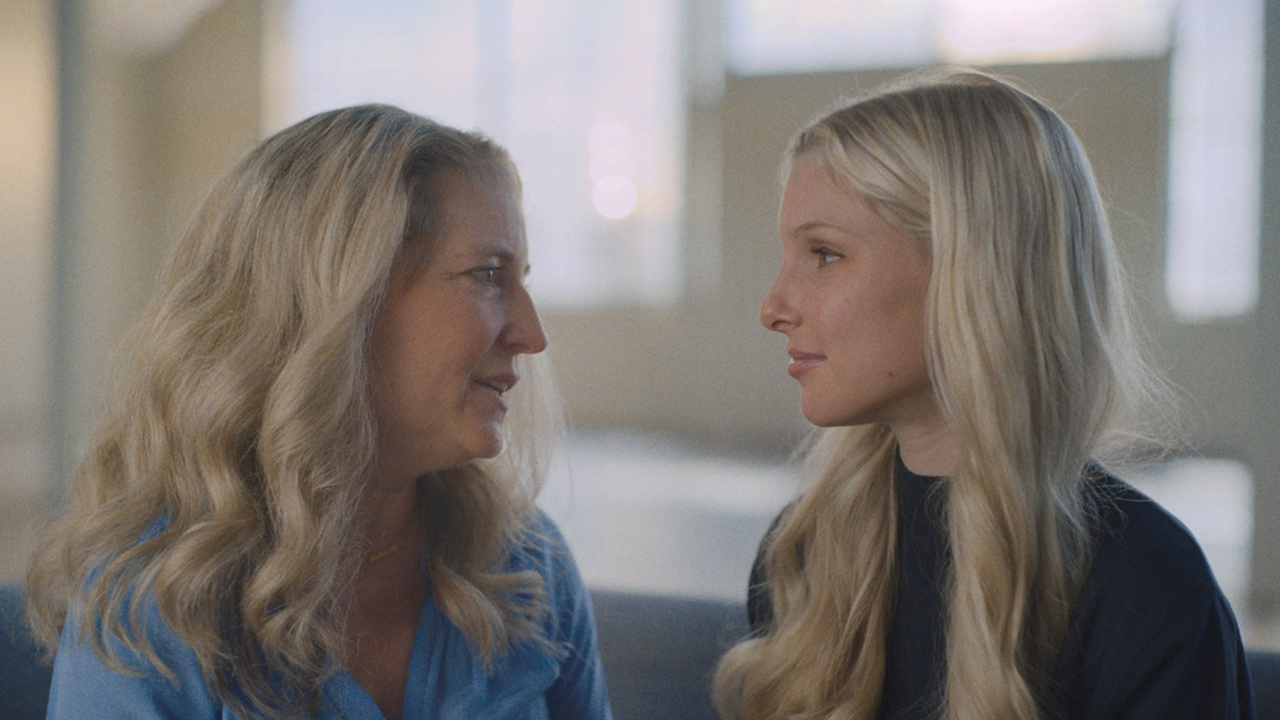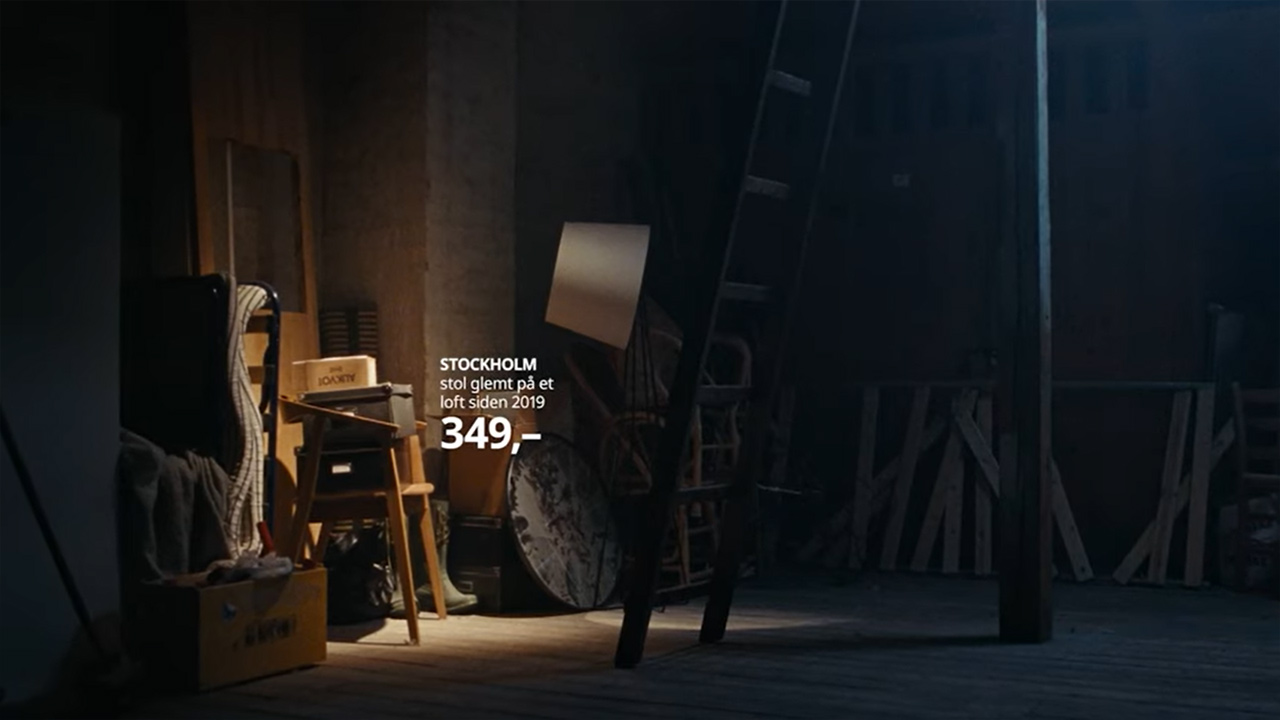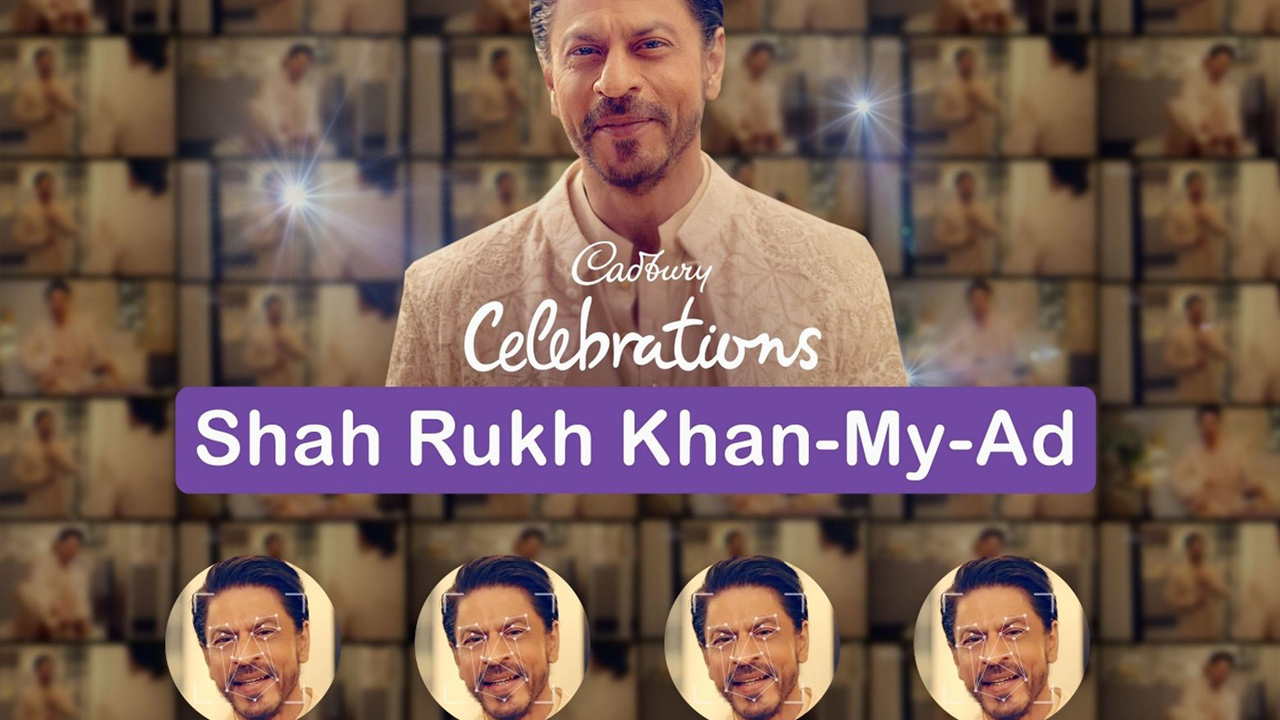Before this year’s Cannes Lions International Festival of Creativity, one thing was certain: generative AI was going to be the talk of the town, along with a whole host of topics that the advertising industry has been grappling with over the past year.
Cannes is the world’s biggest celebration of creativity – bringing together the leading experts in the industry to discuss the future of creativity and its challenges. In this article, we share five creative themes that marketers can take from this year’s Cannes Lions’ expert talks and award-winning work, to propel their brands and businesses forward.
1. Creative must be effective
Under the current economic pressures, many marketers invest in performance marketing tactics to deliver short-term sales. While performance has its place in the marketer's toolkit, the top marketers at Cannes Lions focused on the power of brand and the ways in which brand building can drive the commercial health of their businesses. In a session aptly titled ’The real beauty of long-lasting brands’, Conny Braams, the Chief Digital and Commercial Officer at Unilever, highlighted the role of brands for growth as “the majority of [Unilever brands’] growth is coming from the long-term effects of brand building” and identified the “steady decline of brand differentiation” as the biggest threat for brands today.
In a joint session, Felipe Thomaz of Saïd Business School and Kantar’s Dom Boyd ’did the math’ on Kantar BrandZ data, proving that brand differentiation is the key driver of brand growth as well as pricing power, which is essential in the current inflationary environment.
Marketers at the festival remained laser-focused on the fact that creativity not only can – but should – deliver differentiation and growth for brands. Marc Pritchard, P&G’s Chief Brand Officer, introduced the Next Reset for their brands. Effective creative lies at the core of their approach and they frame the Reset as “creativity that grows markets” by leveraging consumer understanding, being truly inclusive and driving creative impact. Marketing professionals have long argued about the ‘correct’ ratio between brand building and performance advertising, with many seeing digital advertising as a channel for performance marketing only. Kantar has challenged this view for years, saying that digital can be an effective channel for brand building. Les Binet, Grace Kite and Tom Roach demonstrated with data that marketers know how to deliver impact, in fact, we are entering a third age of effectiveness, where digital advertising is now helping to build brands.
2. Inclusion must be integrated
This year, the discussion on how inclusion, diversity and equity are communicated within advertising content has reached yet another level, and showed more nuance. Brands have now moved past whether to be inclusive to the how, within their own organizations as well as how they engage externally with agencies, suppliers, creators and consumers. This year’s Cannes Lions winners demonstrated that creativity can help make brands more inclusive.
Dove showed how a focused purpose on raising women’s self-esteem can take on many different forms. Their Cost of Beauty campaign – which won six Lions - is a more ’traditional’ campaign that raises awareness about the impact of social media on eating disorders in young women. The brand also leveraged social and creators well in the #turnyourback on bold glamour campaign which raised awareness about the negative impact of TikTok’s beauty filter, earning it amongst others a Grand Prix Lion in Media.
Dove, Cost of Beauty

Brands also heavily leverage the latest technologies to drive positive outcomes for different groups, such as the Mouthpad which is a retainer-like device that allows people to control their mouse cursor through the movement of their tongue, Vaseline’s See My Skin which tackles the lack of diversity in images that dermatologists use for diagnoses, or Apple’s The Greatest – a campaign that showcases the accessibility built into their products. While some progress has been made, the industry needs to do more.
Unstereotype Alliance’s Danai Gurira called for deeper engagement with people and communities to combat stereotypes, which remain abundant in advertising and entertainment more broadly. Brands need to think about the portrayal of men in advertising and consider the need to shift from portraying masculinity as a single mode to portraying multiple masculinities, to reflect the diversity in which men live and interact with the world and their ever-evolving roles in society. Meanwhile, Kantar’s research with GLAAD in the US, talked about at on the Infillion stage with GLAAD, Getty Images and Google, shows that representation of the LGBTQIA+ community is expected and welcomed, but that it needs to be authentic and incorporated within the narrative to resonate properly.
3. The sustainability conundrum
This year’s festival showed the plethora of ways that brands can innovate their supply chains, products and processes to reduce their impact on the environment. Similarly, many of this year’s winners showed how brands can talk to their audiences to drive the adoption of sustainable social behaviors. IKEA’s Life collection campaign in Norway showed the stories behind why people are passing their furniture on for second-hand purchase, from the sad to the funny, maintaining a sense of authenticity and avoiding the pitfalls of greenwashing.
IKEA, Life Collection

Makro supermarket in Colombia turned fruit stickers into a clever medium of its own, giving people ideas on how to reduce food waste. Renault launched ‘the Airbnb for plugs’ that allows people to rent other people’s chargers, making electromobility more accessible in rural areas; a scalable idea that helps both the brand, the category and the environment more broadly, scooped up a Grand Prix in Creative Strategy.
While these are great examples of brands focusing on sustainability, more action is needed to move the needle. Kantar’s Jonathan Hall sat down with Preeti Srivastav, Group Sustainability Director at Asahi, and William Skeaping of Extinction Rebellion to raise the bar on sustainability. Will shared the gravity of the crisis we are facing and the need for businesses to step up, and Preeti shared the journey Asahi has been on and the need for the marketing and sustainability functions to partner closely. Jonathan shared findings from the Kantar-WFA collaboration, , and the Circular Marketing framework, including five levers of change: value redefined, sustainability first, transformative relationships, radical innovation and creativity into action.
4. The return of entertainment
In 2023, according to Kantar’s Link database, we saw advertising begin to reverse the decline of the use of humor in advertising and Cannes Lions this year reflected that as well. Andrew Robertson, the CEO of BBDO, gave a powerful presentation demonstrating that humor done well drives impact for brands, calling on the industry to use it more and challenging Cannes Lions to open a new category of awards focusing on the effective use of humor. This was liberally supported by data from Kantar’s Link database – including digital ads.
Audiences like to be entertained, but last year only 1 in 10 Lions were awarded to funny content. This year, one of the Grand Prix awards in Film went to Apple’s R.I.P. Leon, a funny spot aptly depicting its unsend messages feature, perhaps signaling a shift in attitudes towards humor and entertainment in jury rooms as well?
Apple, R.I.P. Leon

A few notable winners showed that entertaining and funny creative can be used by any brand in any category. B2B advertising – unlike the name suggests - still advertises to people who like to laugh, the HR system Workday leveraged an insight about how employees use the word ’rockstar’ in a star-studded, laughter-inducing campaign.
Partners Life, a life insurance company in New Zealand, had to address a strategic challenge, where New Zealand has one of the highest rates of underinsured people in the world. They tackled this by leveraging dark humor and pop culture, bringing to life characters from a popular murder mystery to recount their reasons for not taking out life insurance. Financial service advertising isn’t known for using humor. Partners Life showed it can be used effectively to drive business results.
5. Generative AI: Adland’s frenemy, or marketers’ partner?
Generative AI was certainly the buzzword of the week and there was certainly a danger of becoming obsessed with the latest shiny trend. Marketers maintained their focus, raising above discussions on how generative AI will unlock creativity, instead moving the goalposts to whether and how the latest developments in generative AI can unlock commercial growth for the brands they look after. Generative AI is yet another tool in the marketers’ toolkit – with huge potential to bring efficiency, scale, and if leveraged cleverly, even commercial impact.
Generative AI ads didn’t grab many Lions this year (despite there being a specific AI storytelling track in Digital Craft). That signals that adland is just beginning to engage with generative AI and we will surely see more entries next year.
This year’s Grand Prix winner in Creative Effectiveness demonstrates what we see every year, that creative agencies can leverage the latest tech in ways that benefit brands as well as communities. Cadbury’s Shah Rukh Khan-My-Ad combined the power of a Bollywood celebrity with AI. Shah Rukh Khan – a Bollywood celebrity – was featured in a Diwali ad for Cadbury asking people to stop by specific small businesses, who faced tough recovery following the pandemic, around the holidays. Machine learning was used to create over 130,000 unique versions of the ad so that the name and location of the small business were said in Shah Rukh Khan’s voice and facial expressions. The campaign used AI to create hyperlocalized content in unparalleled ways, with the onset of generative AI, we are likely to see the ceiling raised on this one even further. This was also a multi-award winner last year in the Creative Data and other categories, and this demonstrates the power of a powerful and holistic campaign.
Cadbury, Shah Rukh Khan-My-Ad

What next?
This year’s Cannes Lions Festival showed the need to stay laser-focused on the impact of creativity amidst ground-breaking advances in technology as well as challenging socio-economic conditions worldwide. The breathtaking winning work showed us that creativity can leverage novelty for commercial benefit as well as social good.
Download our free guide which shows how Kantar can help with each of these critical themes in advertising, and please get in touch to discuss further. We’re publishing a series of articles with more insights from Kantar’s collaborations at Cannes this year – subscribe to our newsletter so you don’t miss out!



